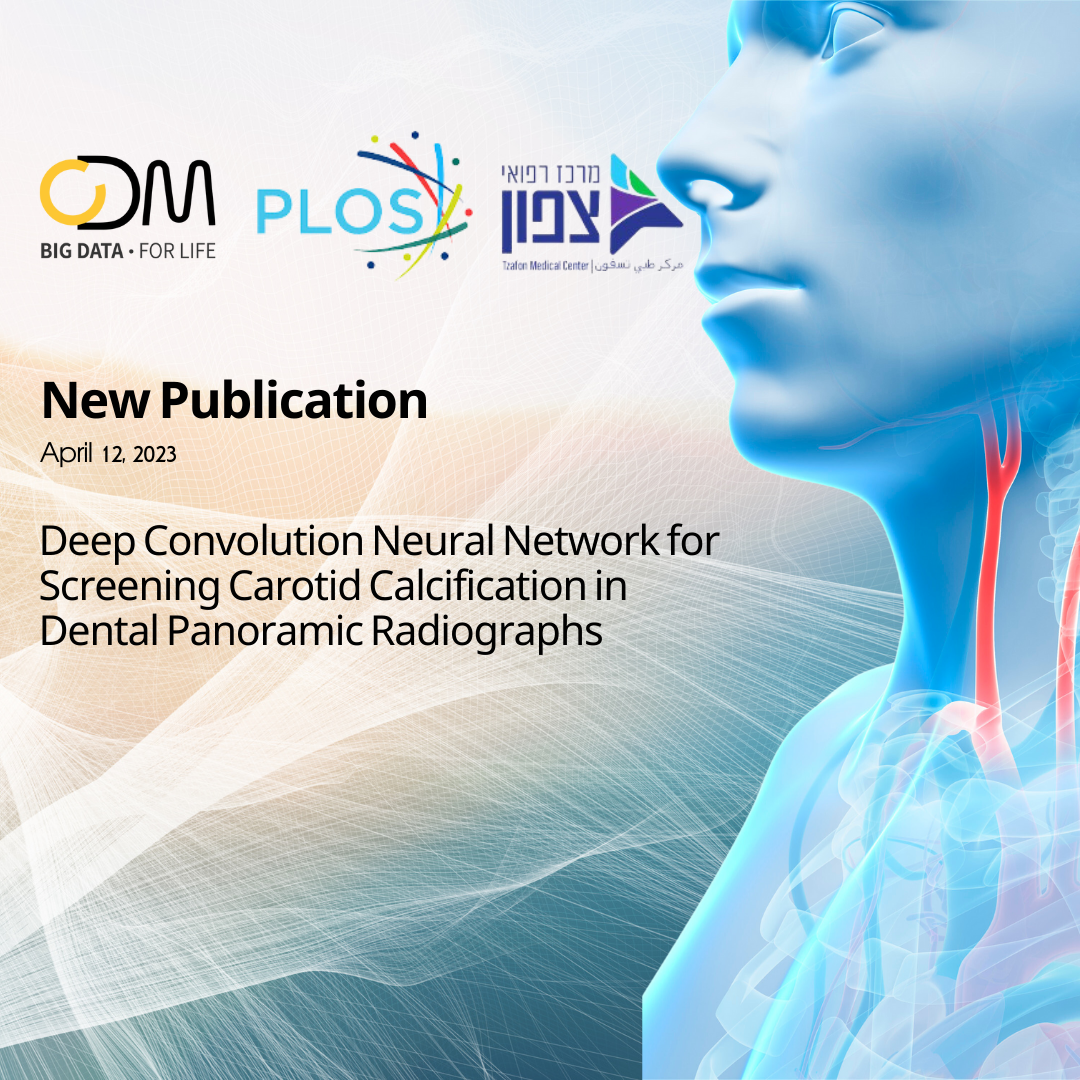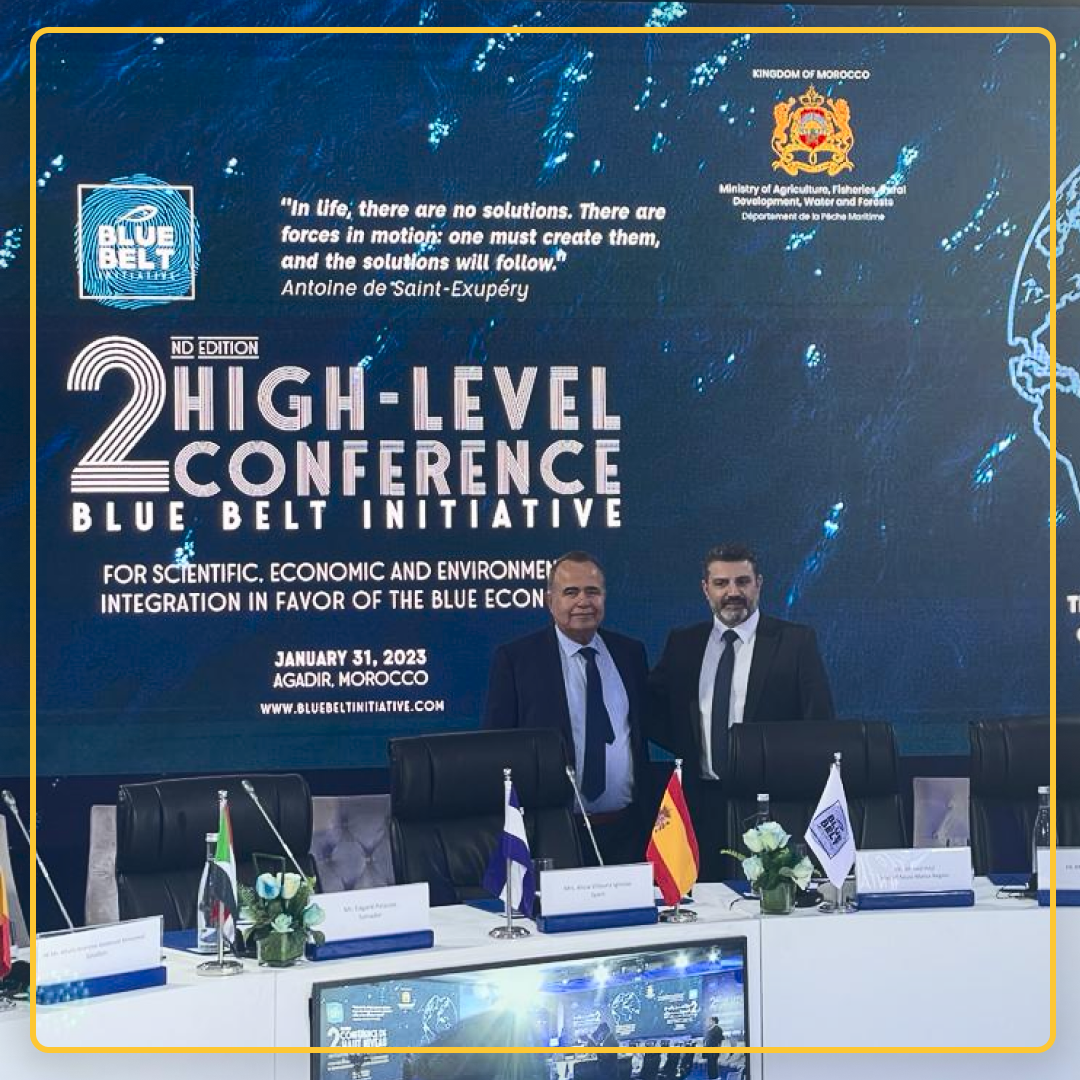We are happy to share that our joint clinical study with the Department of Oral & Maxillofacial Surgery, Oral and Dental Care Division at the Baruch Padeh Medical Center, Poriya, has been published in PLOS Digital Health Journal, an international prestigious peer reviewed journal.
Our research focused on the use of Deep Convolutional Neural Networks for screening carotid calcification in standard dental panoramic radiographs.
Carotid artery atherosclerosis is a major risk factor for ischemic stroke. Current standard tests for detecting calcification in carotid arteries are doppler ultrasound (US) and angiography computerized tomography (CT). However, there is evidence that calcification can also be detected in panoramic dental X-rays. Panoramic radiography images provide a diagnostic tool that encompasses the teeth, maxillary and mandibular bones, temporomandibular joints, and the maxillary sinus. Despite this, most dental professionals, including dentists and specialists, are not trained to detect and diagnose carotid artery calcification in panoramic X-rays.
Our study demonstrated the potential and feasibility of using deep learning-based methods in an actual “real-world” application of automatic screening for carotid artery calcification in standard panoramic dental X-rays. The use of AI-based methods to predict values/classes for new samples can be a valuable tool for detecting non-symptomatic CAC patients in the population and may significantly improve their quality of life and save lives.
The study shows that applying this approach can contribute to the early detection of carotid artery calcification and provide important insights into ischemic stroke risk. We believe that this technology can help to reduce the burden of ischemic stroke in populations and improve health outcomes.
Dr. Gil Pogozelich, ODM’s CEO, emphasized: “This research and its implications exemplify the power of our AI healthcare platform to derive actionable insights from seemingly unrelated data sources. This achievement is a testament to our commitment to revolutionizing healthcare through the integration of cutting-edge technology and innovative research.”
We invite you to read our full article in PLOS Journal at .




